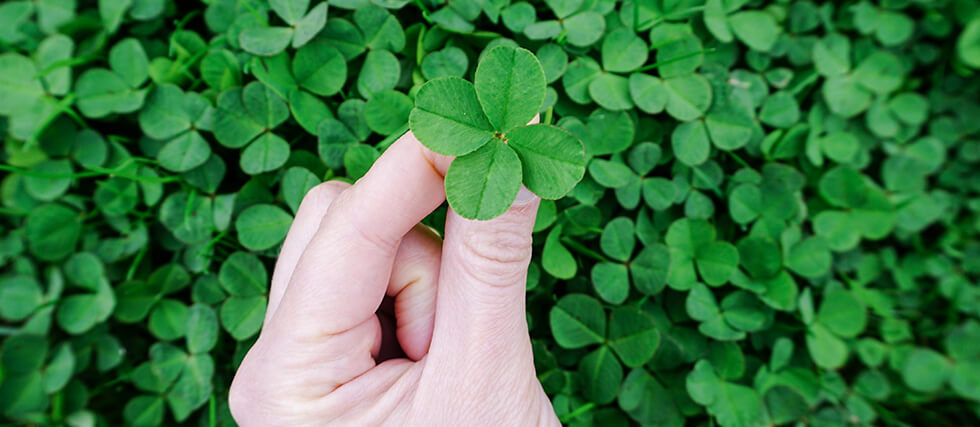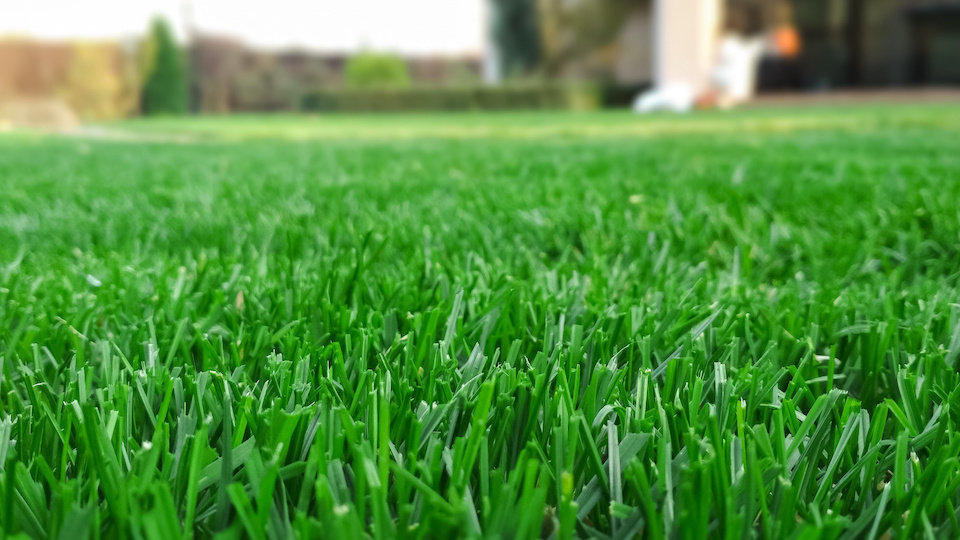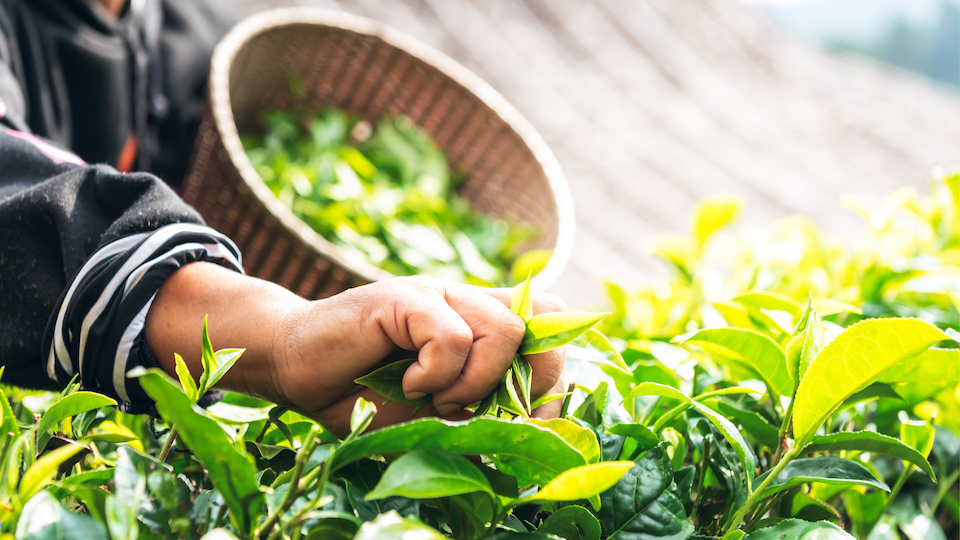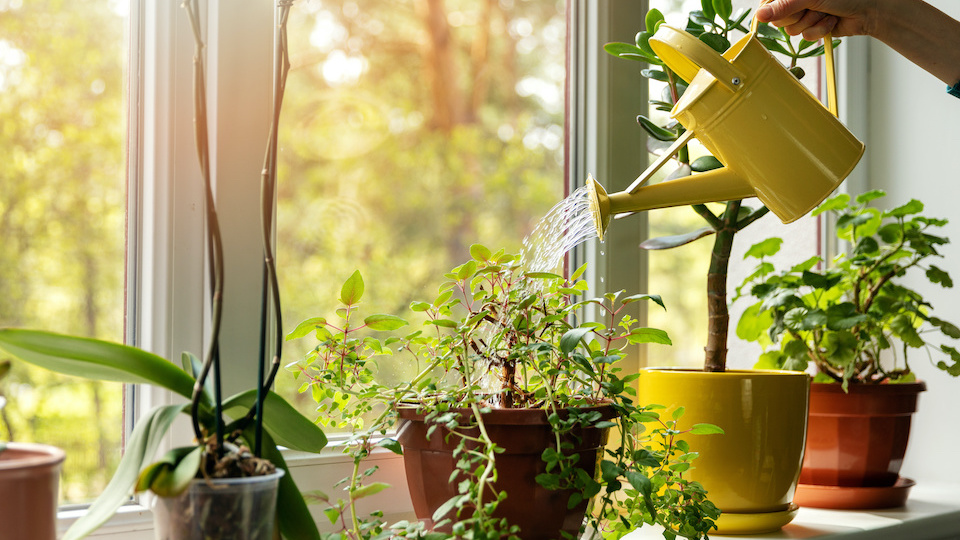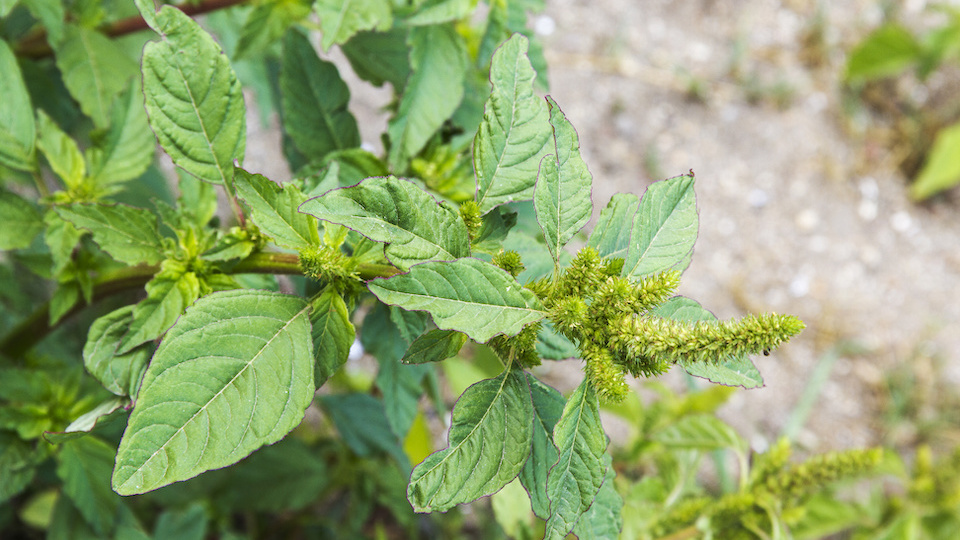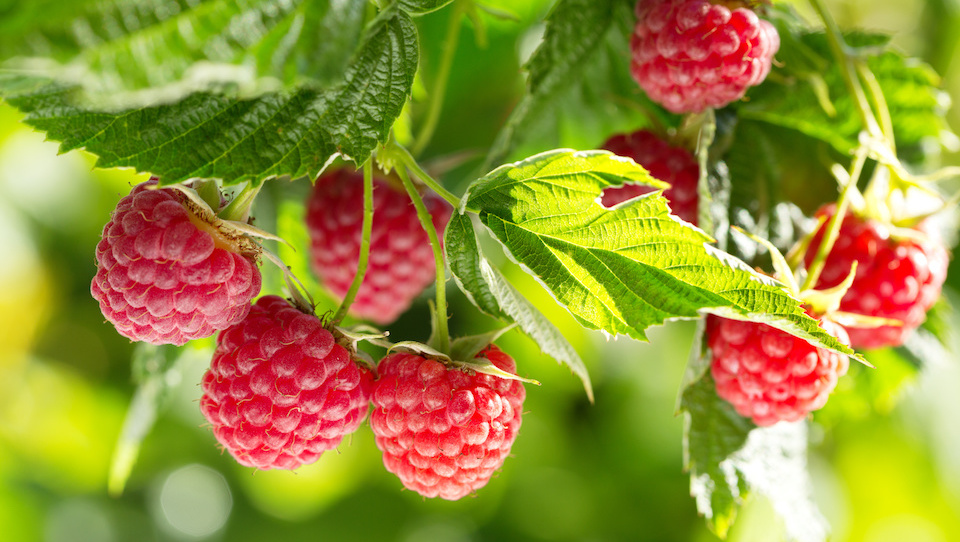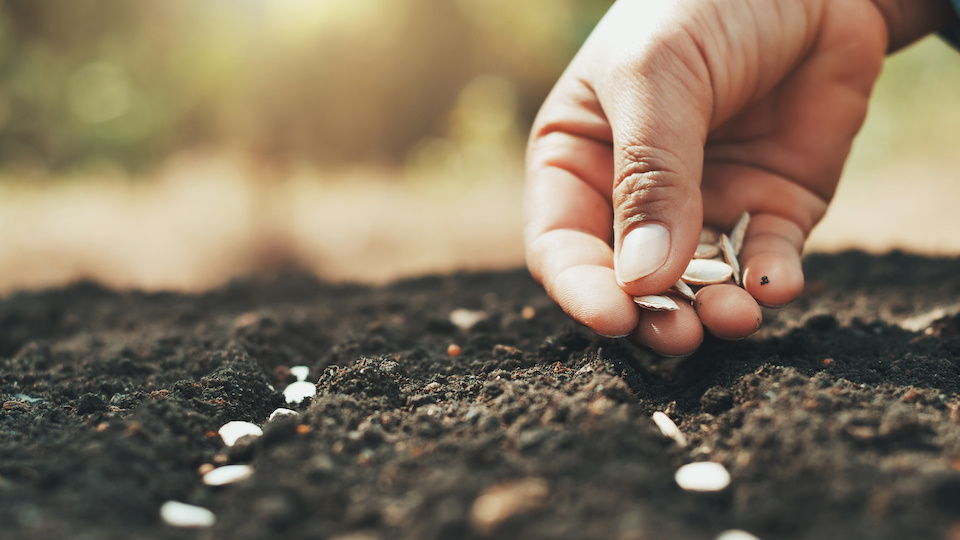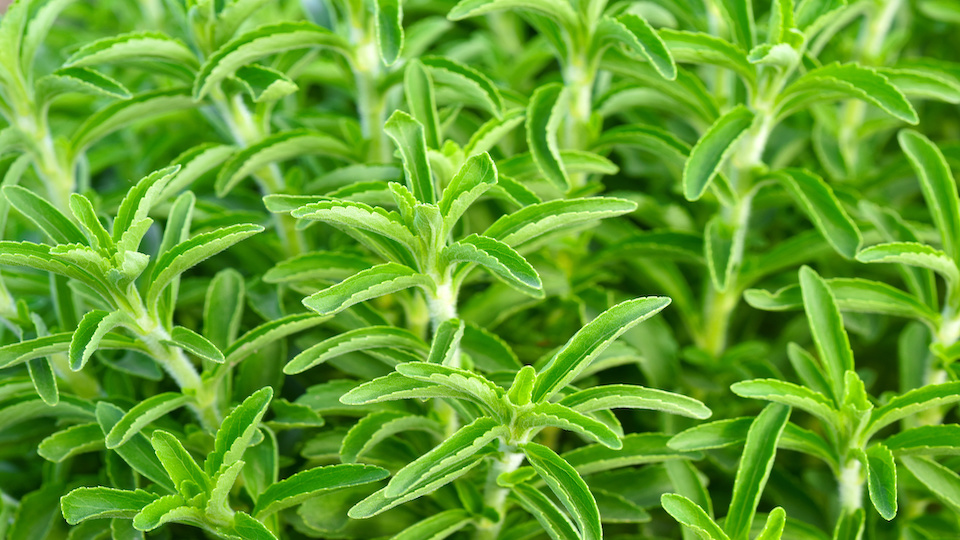The Clover with the Most Leaves Ever…
The current world record for the most leaves on a clover is 63. This incredible clover was found by Yoshiharu Watanabe in Japan. He’s been dedicated to growing clovers in his garden since 2012.
How common are four-leaf clovers? Pretty rare! The classic estimate is 1 in 10,000. This number gets tossed around a lot, but it’s likely a bit exaggerated. More recent research suggests it’s closer to 1 in 5,000. A 2017 study analyzed over 5.7 million clovers and found this to be a more accurate probability.
Five-leaf clovers are more rare, with about 1 in 24,000 clovers having five leaves. Six-leaf clovers and beyond are even rarer! A six-leaf clover occurs roughly once in 300,000 clovers. The chances keep decreasing as the number of leaves increases.
Some clover varieties are naturally more prone to producing four leaves. So, your odds are better if you’re looking in a patch of these! Things like soil conditions and even air pollution can influence the likelihood of mutations that cause four leaves. And, some people seem to have a knack for finding four-leaf clovers! This might be due to a combination of factors like keen eyesight, patience, and knowing where to look.
So why do four (or more) leaf clovers exist at all?
It’s likely that both genetics and environment play a role. A clover might have the genetic potential to produce four leaves, but it might need a specific environmental trigger to actually do so.
The most likely explanation is that the four-leaf trait is caused by a recessive gene. This means a clover needs to inherit a copy of this gene from both its parents to express the four-leaf trait. Since this is relatively rare, most clovers end up with just three leaves.
Finally, during a clover’s growth, something in its environment might disrupt the normal development of its leaves, causing it to sprout an extra one. This could be due to things like temperature changes, soil conditions, or even exposure to certain chemicals.


